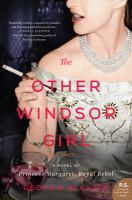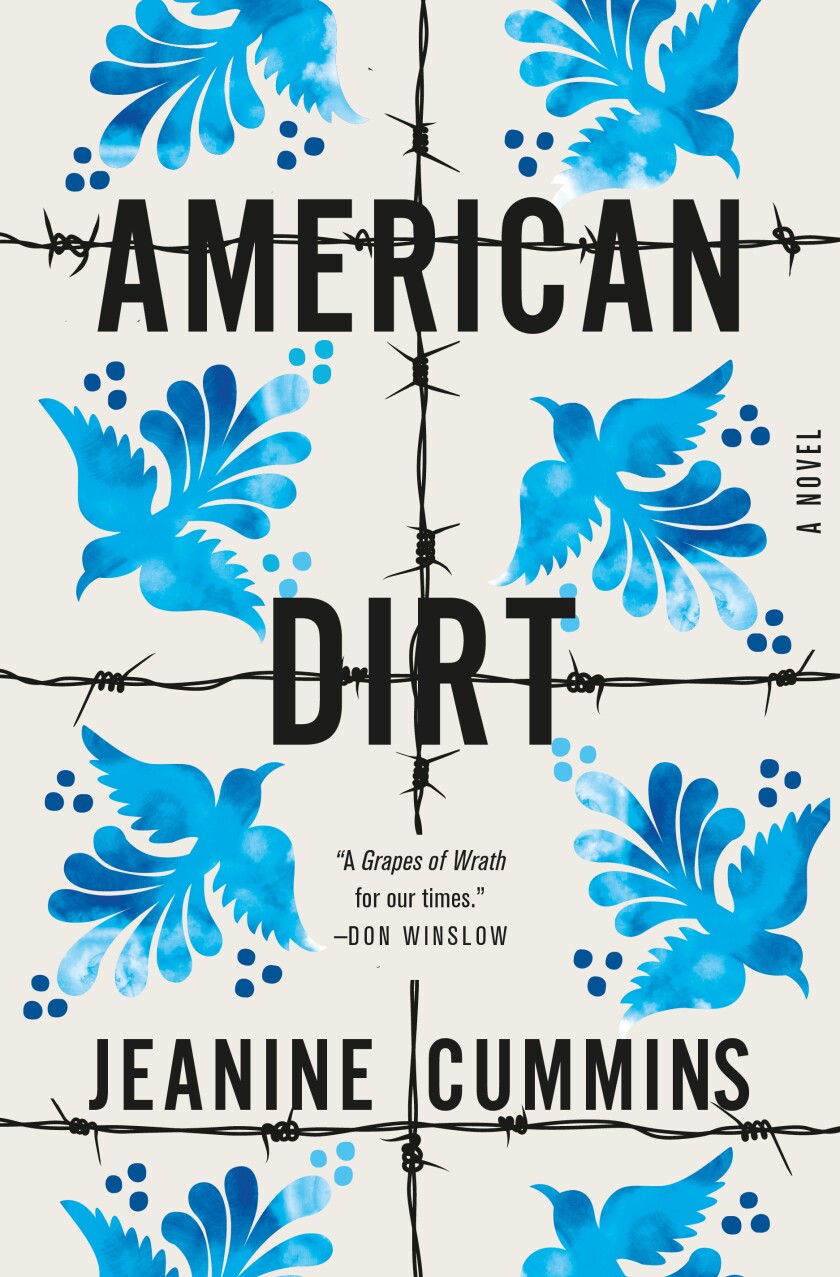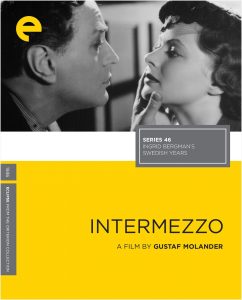If, like me, you’ve binge-watched all three seasons of The Crown on Netflix, you may be looking for something else to pass the time while you anxiously wait for season four and its promise of Princess Diana and (hopefully) more corgis.
While The Crown is ostensibly about Queen Elizabeth II’s rise to the throne at the young age of 25 and her immersion into the world of politics, for me the more interesting character is her younger sister, Princess Margaret. Long before the tabloids reported on the comings and goings of Harry and Meghan or William and Kate (not to mention their fashion choices), Princess Margaret was a regular in the gossip columns of the 1950s thanks to her glamorous gowns, socialite friends and high-profile romances.
 The Other Windsor Girl by Georgie Blalock chronicles Princess Margaret’s twentysomething years as seen through the eyes of her second lady-in-waiting, the Honorable Vera Strathmore. Vera is the daughter of a noble who has a title but lacks money. She dreams of moving to New York and becoming a writer, and secretly writes romance novels under a pseudonym. Vera is first introduced to Princess Margaret by her cousin Rupert at the princess’s request after she reads one of Vera’s novels. The two become friends by bonding over their shared loneliness — Vera still mourns her fiancé who was killed in World War II, while Margaret mourns the loss of her sister via her marriage to Prince Philip, fearing she will never find someone to love herself.
The Other Windsor Girl by Georgie Blalock chronicles Princess Margaret’s twentysomething years as seen through the eyes of her second lady-in-waiting, the Honorable Vera Strathmore. Vera is the daughter of a noble who has a title but lacks money. She dreams of moving to New York and becoming a writer, and secretly writes romance novels under a pseudonym. Vera is first introduced to Princess Margaret by her cousin Rupert at the princess’s request after she reads one of Vera’s novels. The two become friends by bonding over their shared loneliness — Vera still mourns her fiancé who was killed in World War II, while Margaret mourns the loss of her sister via her marriage to Prince Philip, fearing she will never find someone to love herself.

